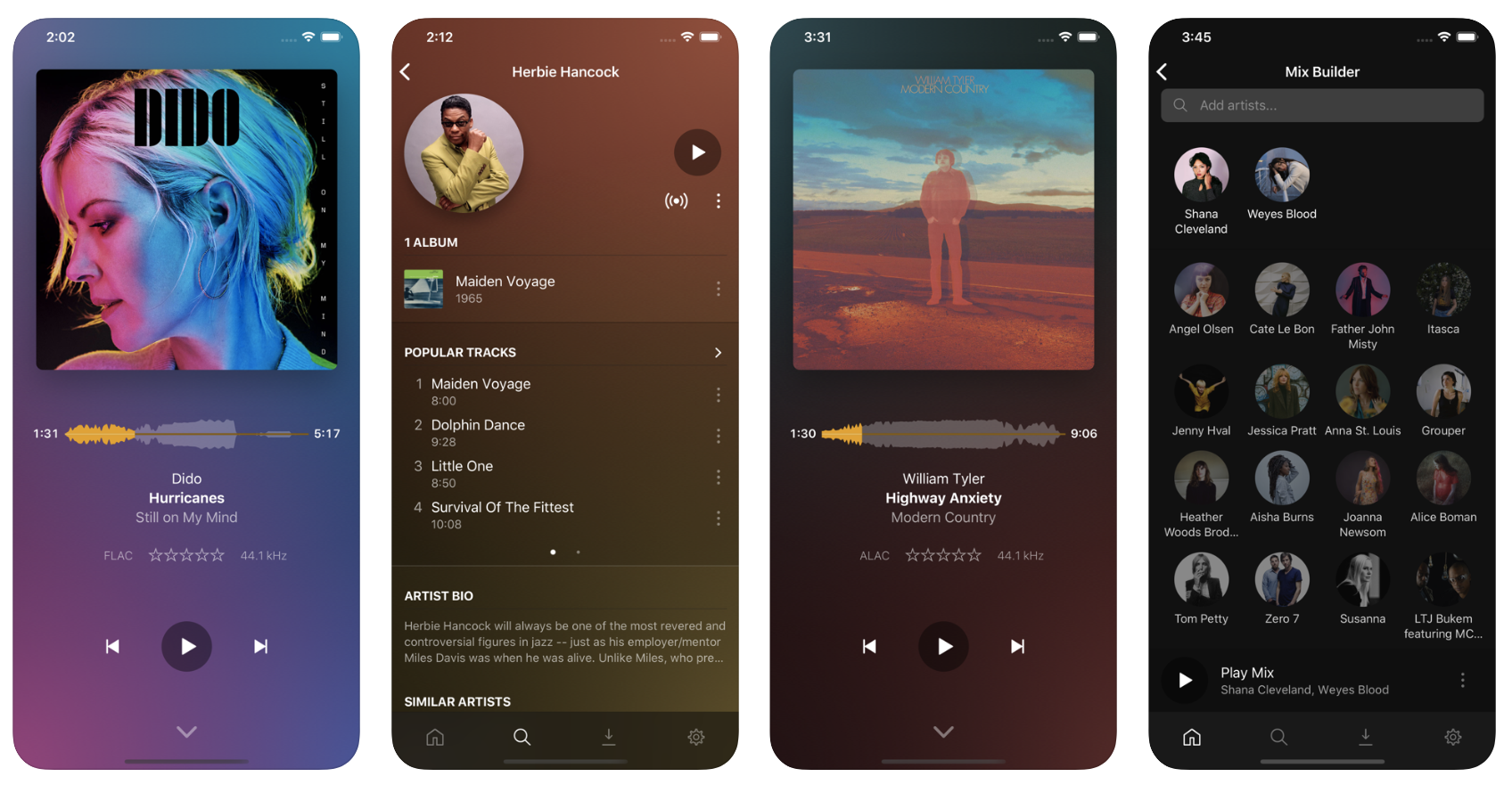

- Plexamp linux how to#
- Plexamp linux install#
- Plexamp linux upgrade#
- Plexamp linux password#
- Plexamp linux tv#
The reason for this is that all Sonos capabilities are supported by the computing power inside each Sonos component. But the Sonos system has certain limitations that prevent it from being as powerful as it could be. Both let you search and play your music collection too. Both systems are designed to automatically index your music library so you can browse it by album, genre, artist, song title, etc. If it sounds like Plex does the same thing as Sonos, that’s because in many ways it does. Why do I need Plex if I have a Sonos system? If you want to try out Plex for yourself once you’ve finished this article, our detailed Plex explainer is the best place to start.


Not only does Plex make short work of organizing all of your media, but it also makes that media accessible from anywhere on just about any device. Once the server is up and running, you can connect to it through an almost limitless set of devices, from smartphones to tablets, media streamers, smart TVs, computers - the list goes on.

Plexamp linux tv#
It’s free (though some advanced features require a paid subscription to Plex Pass), and does a fantastic job at automatically organizing and presenting your movies, TV shows, photos, and most importantly for our purposes, your music.
Plexamp linux install#
Plex is media server software that you install on a home computer or a Network-attached storage (NAS) drive.
Plexamp linux how to#
We’ll cover all of the ways Plex can enhance a Sonos system, how to install it, and how to integrate and use the new features within the Sonos app. That’s where integrating the powerful media server Plex can help.
Plexamp linux upgrade#
If there is a new version, and script has been updated, you can upgrade by re-running the script, and reboot.įor hostname-change, please make sure to reboot in-between, or you might face issues. The script can be re-run to fix configuration/setup errors, just say no/bypass the sections you do not want to re-run! Now play some music! Or control it from any other instance of Plexamp. Now the card will show up in the list, and you can choose it! NOTE!!! DietPi is best-effort, and might not work.Īfter SSH-ing to the SBC, on the "Raspberry Pi OS", change to root ( sudo -i) and run script with:īash > Playback > Audio output > Audio Device.Īs an example, if you have chosen the “ Digi/Digi+“ option during install in the script, pick “Default” if the card is not showing, then reboot the pi. SSH access on "DietPi OS" as user: dietpi/dietpi and as root: root/dietpi This will produce what looks like a string of random characters, which is actually an encrypted version of the supplied password. To generate the encrypted password, the easiest way is to use OpenSSL on a Raspberry Pi that is already running (or most any linux you have running) – open a terminal window and enter:Įcho ‘mypassword’ | openssl passwd -6 -stdin
Plexamp linux password#
This file should contain a single line of text, consisting of username:encrypted-password – so your desired username, followed immediately by a colon, followed immediately by an encrypted representation of the password you want to use. SSH access on "Raspberry Pi OS": () To set up a user on first boot on headless, create a file called userconf or userconf.txt in the boot partition of the SD card. Then unmount and insert card into Raspberry Pi and boot it. On MacOS, after re-mount of micro-SD-card, run: touch /Volumes/boot/ssh. On most Linux-distros, after re-mount of micro-SD-card, run: touch /media/$user/boot/ssh. Create or copy a file called ssh in /boot.This will currently only work with 64-bit capable Raspberry Pi and Pi OS that is 64-bit.įor security reasons, as of the November 2016 release, Raspbian OS has the SSH server disabled by default. PlexAmp-installer for Raspberry Pi with ARMv8, 64-bit HW.įor more information and hardware used, see here:Īssumes 64-bit capable Raspberry Pi HW and Pi OS that is 64-bit.Ĭurrently installs/upgrades to: Plexamp-Linux-headless-v4.3.0 Burning the image.īurn the OS-image to the Micro-SD card using Raspberry pi imager, etcher (or app of your choice).


 0 kommentar(er)
0 kommentar(er)
